A part of the reason I do what I do is because of the people I meet. Thanks to so many of these people having multiple things in common, I am occasionally able to help make a really neat connection. The latest started back in 2012 with the help of a man who had been with the 1st and 2nd Battalion of Marines who cleared the Japanese off Tulagi so the allies could set up the hospital. Charles “Dan” Daniels was more help to me than I can say. His contact with me started from something totally unrelated to my research, but he turned out to be a pied piper of sorts. After we connected, he started reaching out to his other shipmates and posting ads in military publications that brought me many new people I never would have found on my own. I lost contact with him a couple of years ago, and I fear I lost him to time. But while I had him, he made many things possible.
One of those connections was Mr. Francis Rieber, a former USS HELENA CL-50 sailor who ended up on the USS STEPHEN POTTER DD 538 after HELENA was sunk the night after STRONG on July 6th, 1943. He had recollections of the night STRONG was sunk and shared his memories with me, as well as his experience surviving the sinking of Helena. Over the years we’ve remained in contact and he’s on my email list of folks to notify of any new developments. Meanwhile, in June of 2014 I was connected with Mr. Donald Fawcett F1c, a survivor of the USS STRONG DD 467 via Bill Gustavson, the son of Clarence Gustavson SM3c, another survivor who ended up working with Mr. Fawcett at a firm in California. Don and I emailed back and forth a couple of times and then he revealed to me that he too, had ended up on the STEPHEN POTTER after STRONG.
Many of the STRONG men other than Don ended up on the STEPHEN POTTER in October of 1943. After comparing the muster list of STEPHEN POTTER from WW2 with the crew list of STRONG, I find at least 43 of the survivors ended up on the DD 538. Fran also made friends with Carl Ochs and Rocky Britton from STRONG. She was a Fletcher-class, named after a Naval aviator from World War 1, Ensign Stephen Potter (1896-1918). Potter was shot down while being pursued by German fighters. The ship was laid down in October of 1942 in San Francisco and launched in April 1943. Her new crew boarded in October, went on shakedown and ended up in the South Pacific on December 31st, 1943. She participated in engagements during the final years of World War 2, was in service during the Korean War and worked up until 1958. She was struck from the Navy list in 1972.
In talking with Don Fawcett in 2014, I told him I had been in contact with a HELENA survivor for a couple of years, and when I mentioned Mr. Rieber’s name, he said, “Bones? You know Bones Rieber?” and was very excited. He had great memories of his friendship with Fran, especially since both of them had the shared experience of surviving the bombing of their ships. I gave him Fran’s contact information and the two of them began corresponding again.
A few nights ago I got a late phone call from Don. He was ecstatic, because he had recently met up with Fran in person again, the first time they had seen each other since 1945. It seems Mr. Fawcett and his family were on their way from Florida headed home to Wisconsin and stopped at a STEPHEN POTTER event in Nashville. After I got the call from Don, I emailed Fran and according to him Don’s nickname on the STEPHEN POTTER was “Spigot”. So there in Nashville, Spigot and Bones had some time to reconnect, share memories and spend some time together that will probably not happen again. On the STEPHEN POTTER, they both served in the forward engine room. In their civilian lives after discharge, both had careers in the utility business, working with electric companies working their way up the ladder and retiring on top. Both learned much from their experiences on the ships that they carried into civilian life, and beyond. To have been a part of this reunion warms my heart. I’m so glad to hear they were able to meet again, and thank both Spigot and Bones for sharing their information with me. You two are grand fellas!
-Tammi
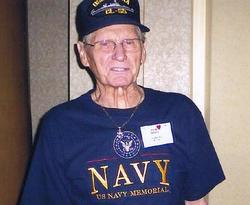
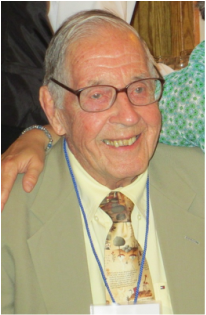
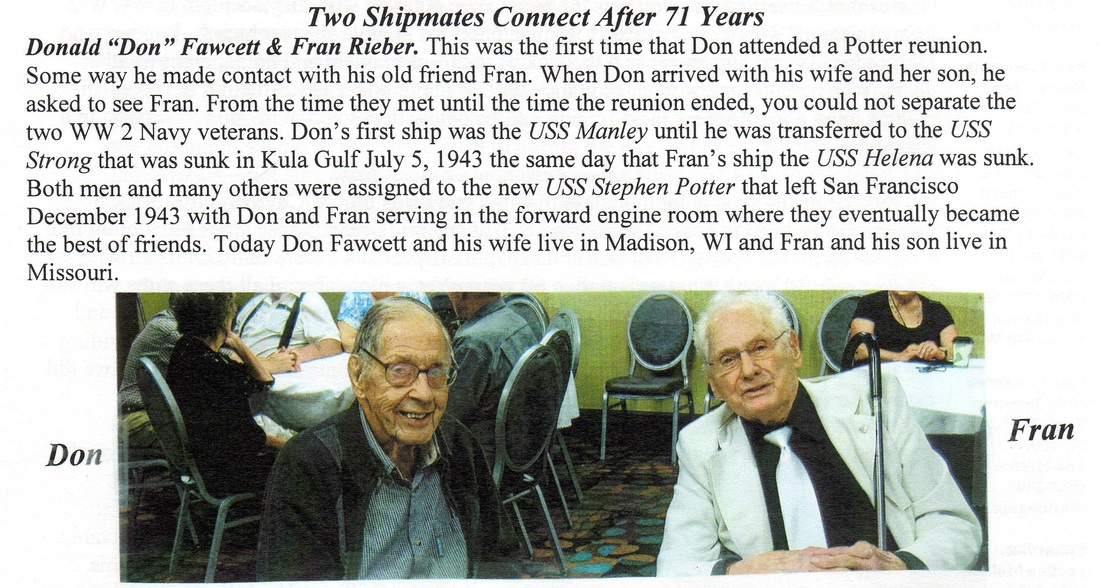
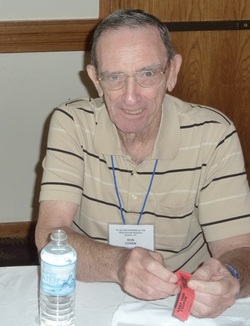
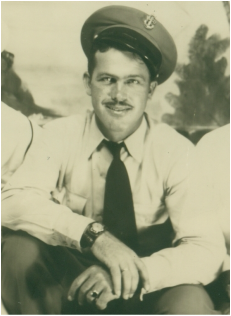
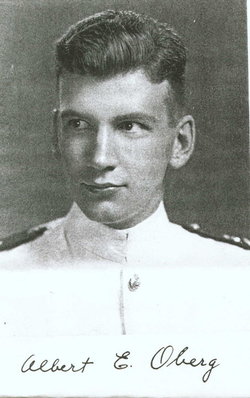
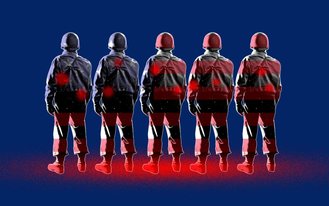
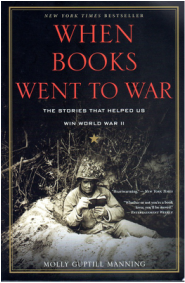

 RSS Feed
RSS Feed